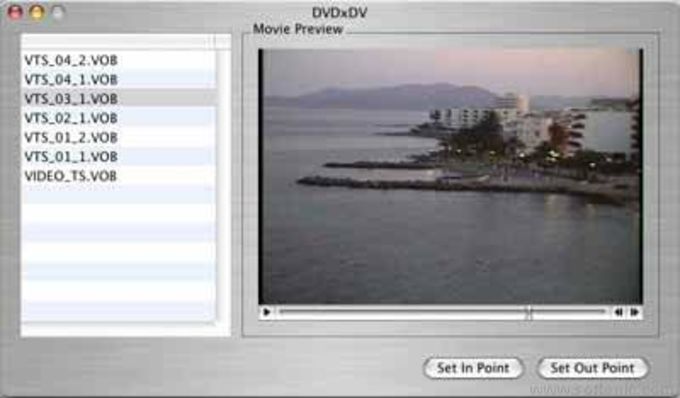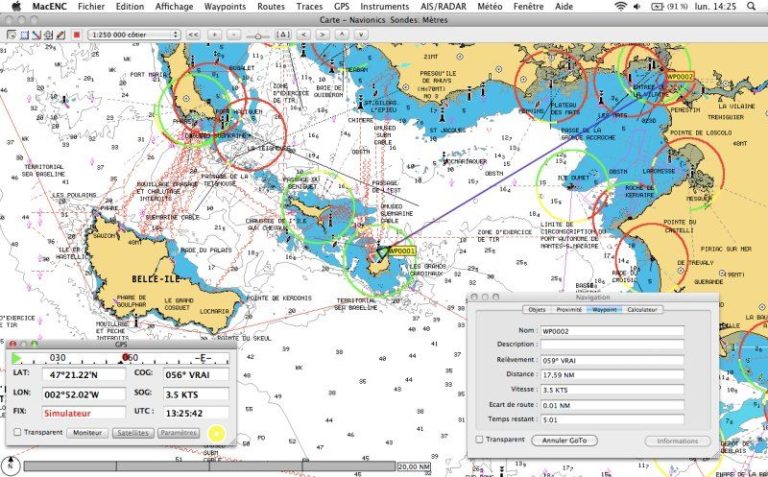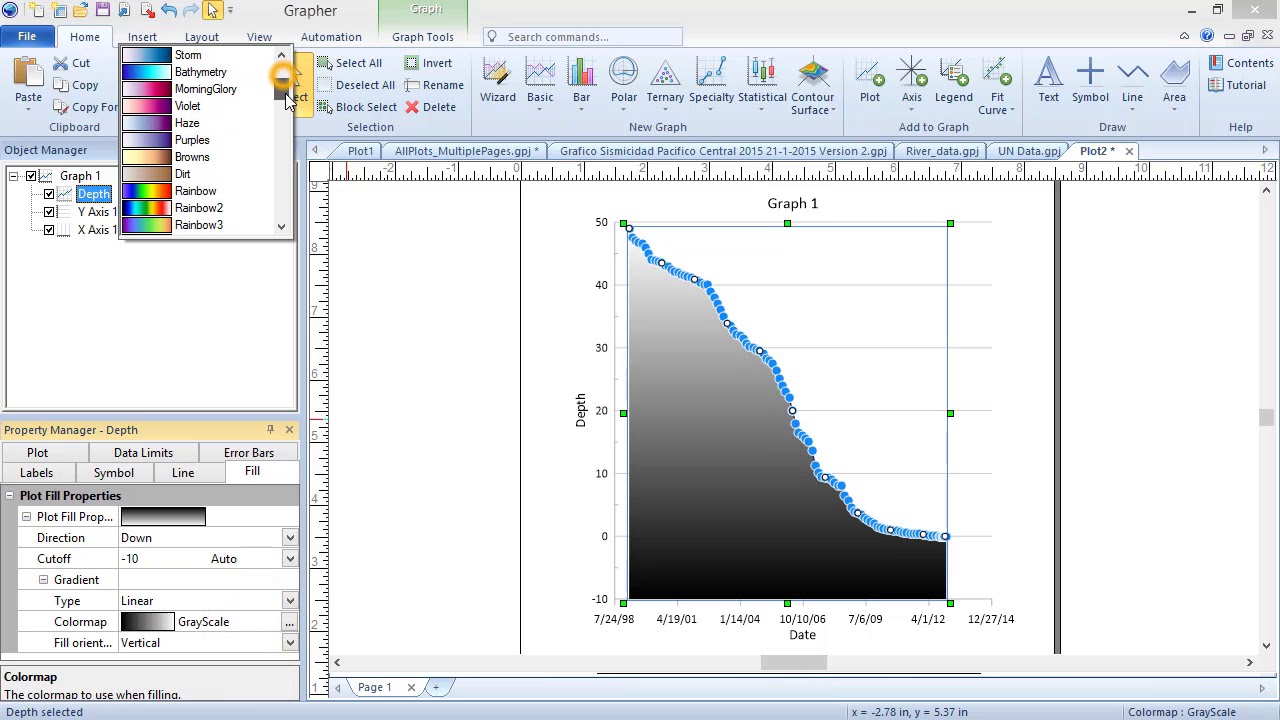

- #Macenc revision how to
- #Macenc revision for mac os x
- #Macenc revision for mac
- #Macenc revision pdf
- #Macenc revision install
These charts are vector charts, which means that rather than being scanned versions of paper charts, they’re made up of layers of information, which makes it easier to update them, remove layers of data you don’t want to see, or add notes, routes, and waypoints. It’s been designed from the ground up to use NOAA’s ENC charts, which can be downloaded from /mcd/enc/download.htm and will cost you nothing but the price of your Internet access. One of the beauty bits of MacENC is that the charts are free. The latest version of MacENC works on older Macs and previous versions of OS X, but really comes into its own when used on the latest Intel-chip Mac with the latest version of Mac’s operating system, called Leopard, or 10.5. I’ve been using MacENC for almost two years now, but am enjoying a bit of a renaissance with it after Santa lugged a brand-new iMac down my chimney at Christmas.
#Macenc revision for mac
Bobcat doesn’t allow users to navigate in real time, but it’s still a breakthrough for Mac users, as, until now, Garmin had seemed to make it particularly hard for Mac users to get their Garmin GPS units to even talk to a Mac without buying extra hardware.
#Macenc revision for mac os x
Garmin has just come out with Bobcat, a program designed specifically for Mac OS X that allows users to connect a Mac to a Garmin GPS in order to transfer waypoints and manage charts. Those of us who use Apple computers have fewer options when it comes to navigation software NavimaQ, MacENC, GPSNavX, GPSy X, and MacGPS Pro are some examples of what’s currently available. Navigation software is one of those, with all the big players (Nobeltec, Maptech, Raymarine, etc.) opting to produce their products solely for the masses stuck using Windows operating systems.
#Macenc revision install
While booted off of the NetBoot image on a client computer, you can log in as an Admin and use the "NetBoot Desktop Admin" application to install software and OS upgrades onto the NetBoot HD disk image.Although Apple products have been gaining in popularity in the past few years, there are still some software niches that are dominated by Windows software.

This will cause your client to boot up from the pre-installed OS 9.1 disk image that comes with NetBoot 2 (I believe NetBoot 1 came with an 8.6 image, which will not work with G4s). Once you've got your IP range entered in, all you need to do is start up a client and hold down the "N" key. Possible solutions to this would be to use a DHCP Server that supports static IP assignments (to ensure that the same machine always gets the same IP), or make sure that you only use DHCP on machines that you want to be NetBoot clients. Supposedly the NetBoot server reserves an IP for a Mac once it's connected to the server, but I found this not to be the case - PCs grab the IP if the NetBoot client is shut off. This caused a lot of problems for me since PCs in the same subnet kept grabbing the IPs being offered by the Mac OS X DHCP Server, which prevented my NetBoot clients from getting IPs and starting up. Unfortunately there is no way to assign an IP to a particular hardware address in the Server Admin app. If you ask me, it still leaves a lot of questions and potential issues unanswered.
#Macenc revision pdf
The NetBoot section of the OS X Admin Guide consists of 10 pages of vague instructions and unclear installation steps, with almost no actual guide on setting up NetBoot HD images or any of the other functions NetBoot supports.Ī PDF called "Inside NetBooting", which has much more detailed information than the PDF that comes with the OS X Server, is available below.
#Macenc revision how to
Note that if you don't have or don't want to buy a Mac OS X Server, a Linux Netboot server could be used to Netboot your Mac clients (assuming you know how to set it up properly). Alternately, you could try using an application like Pseudo that lets you run other applications as Root. Note: It's been reported that this problem can be circumvented by logging in as Root before running the NetBoot installer.

I eventually discovered that the only way to get it to install properly was to update OS X to 10.1.1, then run the full installer of NetBoot 2.0.2 (NOT 2.0). So I tried updating the OS X Server to 10.1, and NetBoot 2.0 gave me the same error. For example, I tried to install NetBoot 2.0 on OS X Server 10.0.3, and couldn't (the only explanation I got was "There were errors during installation, please try again."). It is very picky about which version of NetBoot you use with which version of Mac OS X Server. I found that it was a huge pain to install NetBoot. If you'd like to install NetBoot on your own OS X Server, you're not quite so lucky.

Installation If you bought a Server from Apple, NetBoot is already installed and ready to use.


 0 kommentar(er)
0 kommentar(er)
